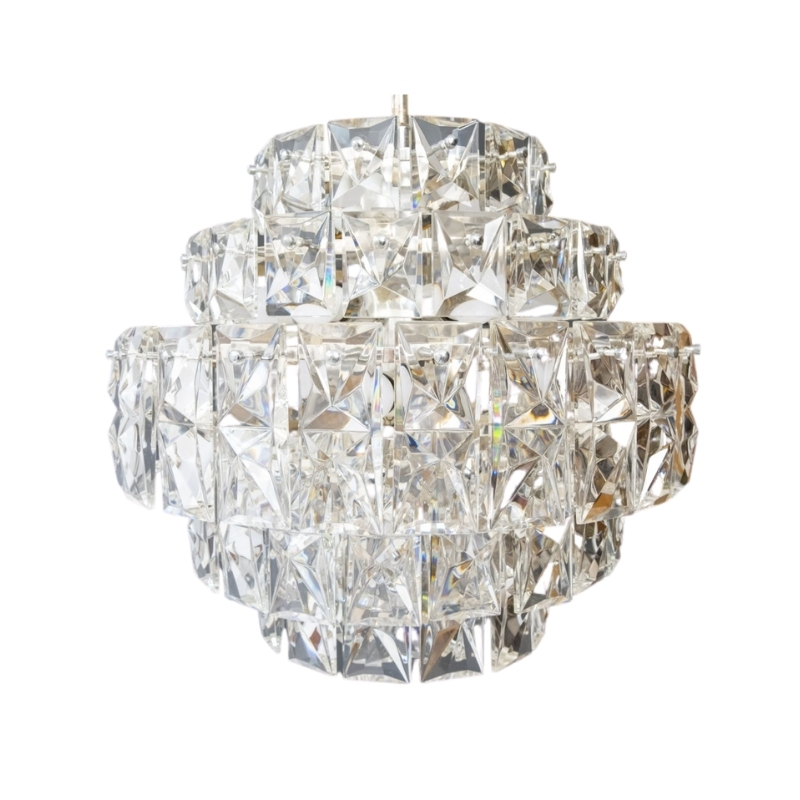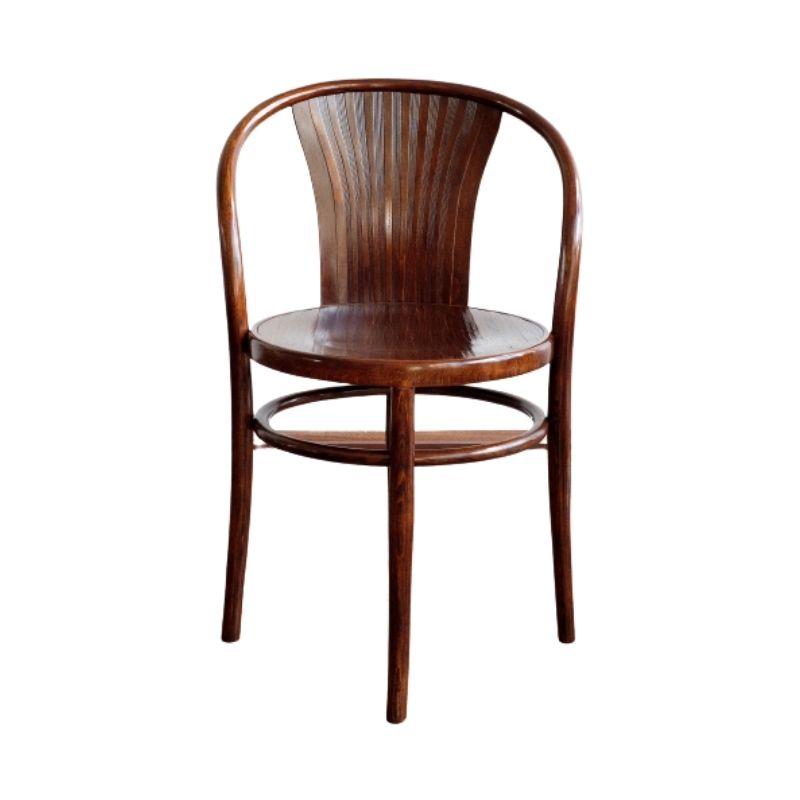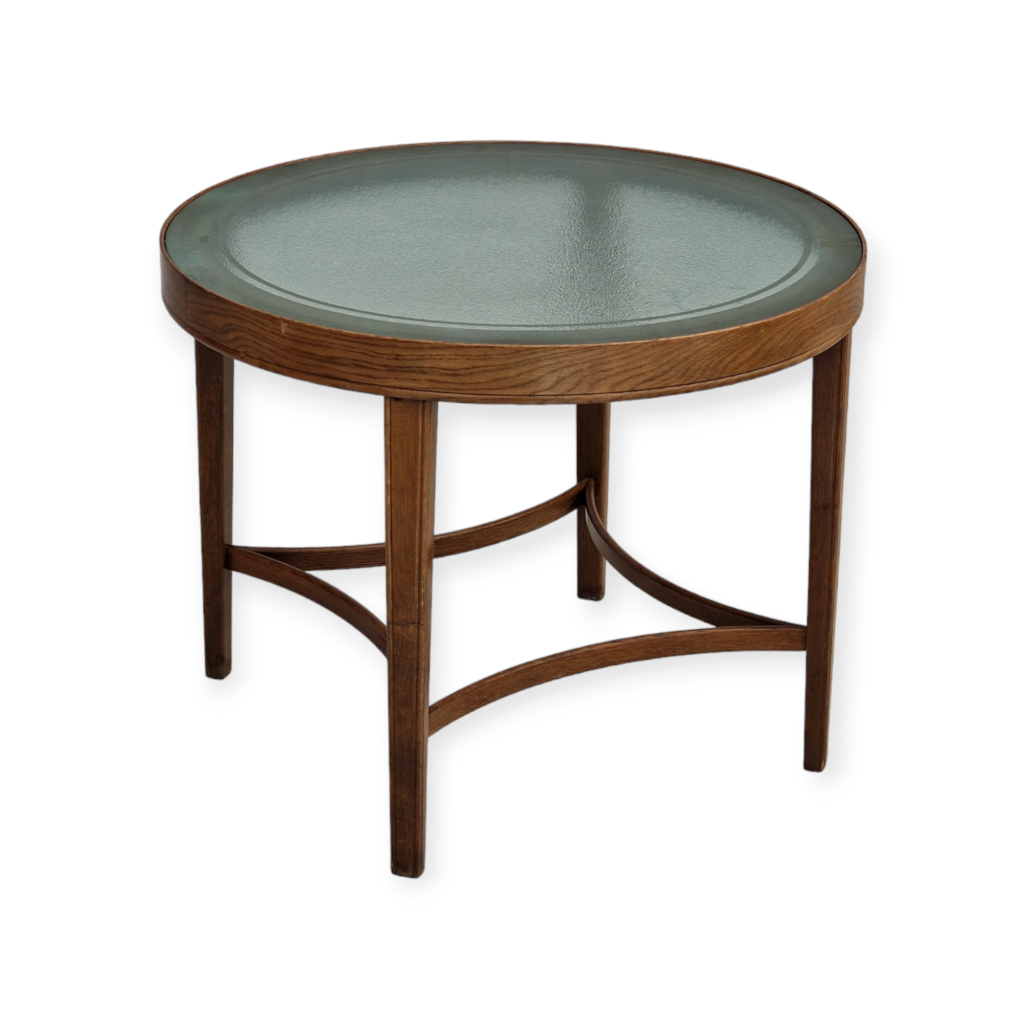Dismantling the chair will answer most of your foam & uphostery questions.
The original foam were moulded & the replacement you will make will be sculpted by hand using the same density foam used in your chairs originally. These requires a good eye & some (advance) skill in shaping the foam with a tool like an electric kitchen knife or something. I do not mean to discourage you but I can tell you from experience that this is an advanced level upholstery project. If it were a boxy Florence Knoll piece, some can probably do it with their eyes closed.
You can use the original upholstery as a pattern for making the new ones & I don't know if your chairs are older, then fabric was attached using small upholstery nails. I have not seen what is used on the current/new versions but that shell used for the arm/back piece is really though & not very receptive to tacks/ nails like wood does. The seat is easier to work with which is a contoured plywood.
Or you can trade/sell your wood legs (if in excellent condition) to the other poster here recently looking for replacement wood legs & get yourself examples in better shape that does not need a total rehab.
I don't know of an easier way than hand stitching to attach the back fabric on a fiberglass frame. The quick way is to use Curve-Eze or whatever it's called---the metal tacking strip with lethally sharp points that fold down and grip the fabric. (Ply-grip is the one for straight edges and the one for curved is something else.) Staples and tacks do not stay put in fiberglass so there's no way to anchor this stuff.
BUT...ladder stitching isn't that hard or even that time consuming once you get the hang of it. Start by pinning both the inside back/arm fabric to the stitching line or a little past it, sticking pins directly into chair frame. Use 2" T-pins. Trim excess. Use upholsterer's chalk (a waxy type, almost like a crayon but it brushes away easily) to mark your stitching line if you have trouble visualizing it.
Then attach the outside back/arm fabric to the bottom of the chair or at least anchor it with T-pins, then smooth into place exactly how you want it. Then pin it to the stitching line. Trim excess, leaving at least 3/4" seam allowance.
Now start at the top back and do a ladder stitch down to the front corner. ( i find it's way easier to work from top to bottom.) You don't have to do small stitches! About 3 per inch is ok, maybe 4-5 on corners where you need to work in fullness neatly.
Check your work often to make sure you're staying on the stitching line. It may look ok at very close range but not so even when you step back a few feet.
Use a medium (3") curved needle. Don't attempt this with a straight needle, it's way, way harder to do. Use heavy duty upholstery thread, all polyester. Single strand is fine. The color should be as close as you can get it but doesn't have to be a perfect match as the thread disappears into the fabric when pulled snug---IF the stitching is done correctly. (plenty of youtube videos on how to do the ladder stitch)
OK, so now for the foam. Ideally you'd have latex foam molded to the shape of the chair but i don't know of anyone who sells this for these chairs. So instead, get the best quality, highest density 1" thick urethane foam (NOT from Joann Fabrics or other craft/fabric stores---theirs is junk quality!) I think you need at least 36" wide for these chairs. There's a lot of waste.
Press it into the back, anchor with T-pins as you go, smooth out curves, cut slice through the areas with excess then overlap the excess and slice through again so that you have perfectly matched cuts. You may need to splice in V-shaped pieces where the back curves into the arm. Use a NEW RAZOR BLADE for all cutting.
Cut the entire piece about 2" bigger than the area to be covered. Once you have it just right, stick a row of pins down the center back from top to bottom. Remove all pins from one side of the chair and fold the foam back onto the other half. Apply heavy duty spray adhesive to both foam and frame in a 6-8" wide strip from top to bottom. Press foam back into place, fold back unadherered foam and repeat.
Use your palm to gently smooth the foam down. Do not press it, don't tug, don't pull, don't stretch it, and most important: get it right the first time. You don't get any do-overs without tearing the foam up. Spray adhesive is serious stuff. (oh, and use a respirator and do this part outside.)
Repeat for the other side.
Trim the perimeter with a fresh razor blade (foam seems like wimpy stuff but it dulls razors pretty quickly). Determine how far out from the edge you need to cut by smoothing the foam around the edge, then figure out where the padding should stop. This has to do with the shape of the edge so i can't tell you w/o having one in front of me, which i do not have right now. Mark the line with a Sharpie.
Now trim the foam angling the blade to the underside about 30 to 45 degrees. It's hard to do this perfectly smoothly but it's ok, a little unevenness won't show. I highly recommend practicing with some foam scraps on scrap wood--even a 2x4 is ok.
Undercutting the foam instead of trying to carve the top surface down to the right shape is WAY easier and faster and looks way better, too.
that's about it. Lemme know if you have questions.
OH, I forgot--I think you will have to glue the fabric to the foam in the same way on these. At least it's necessary on most curved fiberglass frames. Do it the same way as the foam. And make SURE your fabric is heavy enough that the spray adhesive doesn't bleed through. (as me how i know this)
Sorry, i said 1" thick foam but looking at your pics again, I think that may be too thin. To measure the thickness, stick a 3-4" straight upholstery needle into the foam until it hits the frame. Grip it at the level of the fabric, pull it out and measure it to that point. That's how thick your new foam should be.
(Obviously this doesn't work on old latex foam that is dried out and thinner than its original dimensions. Then you have to use other means to figure it out. But your chairs look ok foam-wise--fabric still looks reasonably taut, not slack.)
If the foam is thicker in the lumbar area, you can build up layers of thin foam under the overall foam, tapering all edges so there's no obvious bump on the outside.
Latex foam is very expensive and also harder to trim with a razor blade because it will compress before giving way to the blade. Cutting compressed foam will result in a distorted cut edge when you release the pressure. But probably more importantly, most (all?) latex foam now is poured into molds with metal posts every inch or so. The posts differ in diameter; bigger ones result in less foam per square foot and thus less dense, more squishy. Smaller posts yield firmer foam. this is apparently the only way to get different densities. The problem with it is that these holes can eventually telegraph through a lot of upholstery fabric. Back when this type of furniture was made, latex foam was molded a different way, leaving one side solidly smooth (or just no holes at all).
If yours have latex and you want to redo them with the same, then be careful to choose a fabric with enough stiffness and body that it won't conform to the holes in the foam. This may make it harder to stretch over the curves of the frame, but maybe you can find a happy medium.
If you need any help, please contact us at – info@designaddict.com









